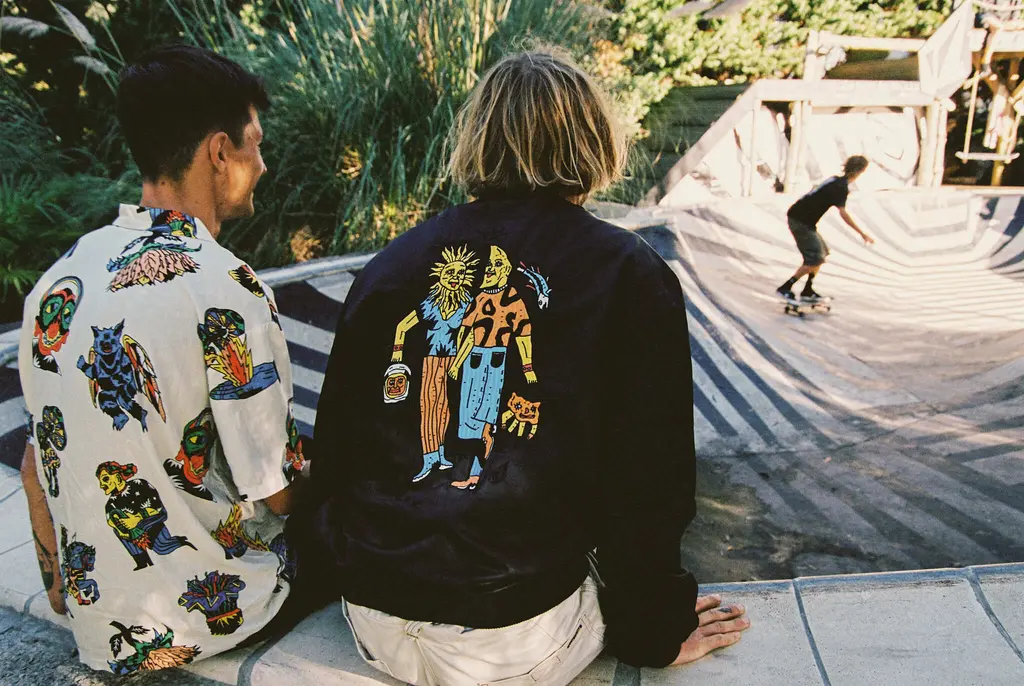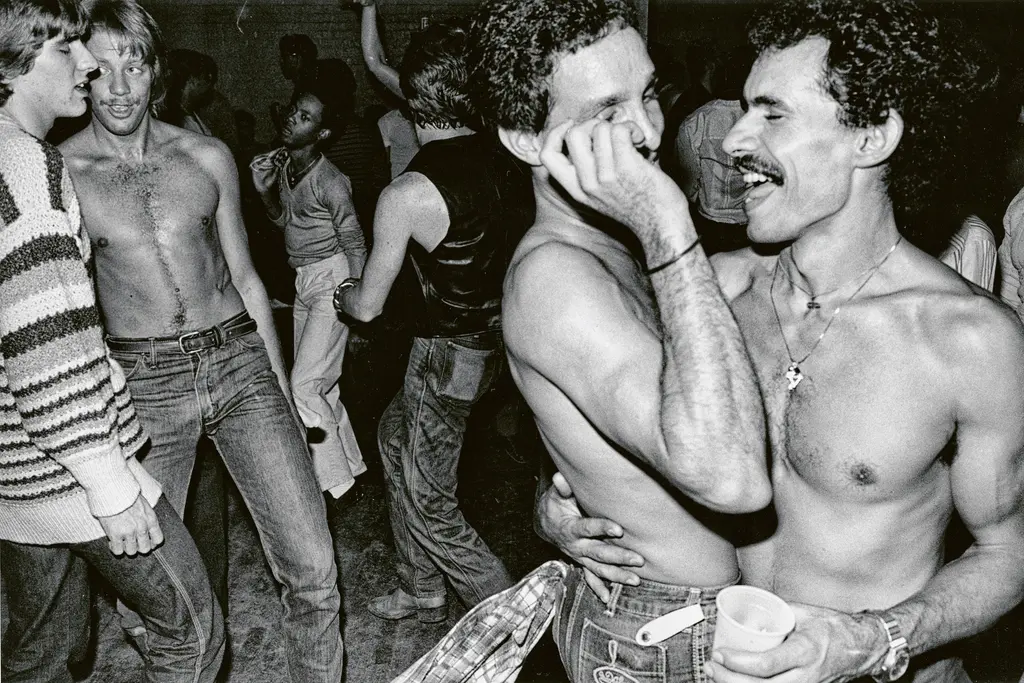An evocative portrait of Cuba’s agricultural communities
- Text by Huck
- Photography by Richard Sharum

Richard Sharum remembers his first impressions of Cuba forming when he was taught about the Cuban Missile Crisis at school in Corpus Christi, Texas. “Cuba was always seen as this forbidden place,” he says. “We were taught – and I haven’t been able to find out how true this is – that some of the rockets were aimed towards Corpus Crisis, because it was a giant naval base.”
By his early 20s, Sharum, who was then working as a photographer, says he’d become fascinated by Cuba: “I was really curious about the people that lived there, because the only Cubans that I met were exiled in Texas, so I didn’t really have any sort of understanding of who Cubans were as a people.”
It was only in 2015, when then-president Barack Obama lifted the 54-year trade embargo on Cuba, resulting in an influx of US tourism, that Sharum finally made the decision to travel there. “Quite frankly, I wanted to see Cuba before American tourists were able to screw it up,” he says.

Boy with Racing Pigeons. Village of La Perla, Cuba. July, 2019.
Over the course of several journeys between January 2016 and November 2019, Sharum travelled from the northern to the southern shorelines, across to the western provinces, and to the eastern villages deep in the Sierra Maestra region of Cuba to photograph the country.
From the outset, Sharum was determined to focus on the less publicised aspects of Cuba, presenting an alternative vision to the classic cars and the colourful streets of Havana usually associated with the country. “My first inclination, just intuitively, was to get the fuck away from Havana as quickly as possible and to go to the countryside, because I wanted to see Cuban people for who they really were.” This led him to the farmers, or ‘campesinos’ – people who live off the land, typically in remote areas of the countryside. Despite forming the backbone of Cuba, living in relative isolation lives means that this community are rarely photographed and often overlooked.
The photographs Sharum captured on his trips are now collected in a new book, titled Campesino Cuba (GOST Books), which captures the campesinos’ everyday farming practices – such as harvesting coffee beans and gathering cattle – alongside school, social events, and moments of rest, in dramatic black and white.

Harvesting the Rice at Sunset. Village of El Zarzal, Cuba. July, 2019.

Yara River. Sierra Maestra Mountains, Cuba. July, 2019.
Initially, Sharum was interested in documenting the huge exodus young male agricultural workers from rural communities migrating to urban areas. “This has huge implications Cuba’s agriculture, because it’s already hard to feed all the people in Cuba, as you can see recently with the protests that are happening,” Sharum explains. Despite the upheaval this is creating in Cuba’s urban areas, for the largely self-sufficient campesinos in rural area, “there’s not a lot of strife, political, social, or otherwise… It’s very, very peaceful,” he says.
Eventually, Sharum expanded his project to incorporate photographs of women and children. “I was immediately struck by how hospitable, and how loving they were,” he remembers. “In all my years of shooting the campesinos, I never once had any inclination of hostility towards me.”
These experiences have made Sharum deeply appreciative of their way of life. “It was so refreshing to go from town to town, village to village, and not be bombarded by advertisements, not be bombarded by political news,” he says. “Just be to be able to go to someone’s house, and to sit and talk with them […] We could all learn from them.”

Old Generator Building. Sierra Maestra Mountains, Cuba. March, 2019.

Gathering the Cattle for Feeding. Valley of Silence, Cuba. Jan., 2016.

After Morning Pledge. Village of Santo Domingo, Cuba. March, 2019.

Washing and Drying the Coffee Beans. Santo Domingo, Cuba. Nov., 2017.

After Bath on National Women’s Day. Village of Santo Domingo, Cuba. March, 2019.

Rainstorm in the Mountains. Santo Domingo, Cuba. Nov., 2017.
Campesino Cuba is out now on GOST Books.
Enjoyed this article? Like Huck on Facebook or follow us on Twitter.
Latest on Huck

Maryam El Gardoum is breaking new shores for Morocco’s indigenous surfers
The Amazigh Atlantic — Through her groundbreaking career and popular surf school, the five-time Moroccan champion is helping women find their places in the waves.
Written by: Sam Haddad

Youth violence’s rise is deeply concerning, but mass hysteria doesn’t help
Safe — On Knife Crime Awareness Week, writer, podcaster and youth worker Ciaran Thapar reflects on the presence of violent content online, growing awareness about the need for action, and the two decades since Saul Dibb’s Bullet Boy.
Written by: Ciaran Thapar

Volcom teams up with Bob Mollema for the latest in its Featured Artist Series
True to This — The boardsports lifestyle brand will host an art show in Biarritz to celebrate the Dutch illustrators’ second capsule collection.
Written by: Huck

A visual trip through 100 years of New York’s LGBTQ+ spaces
Queer Happened Here — A new book from historian and writer Marc Zinaman maps scores of Manhattan’s queer venues and informal meeting places, documenting the city’s long LGBTQ+ history in the process.
Written by: Isaac Muk

Nostalgic photos of everyday life in ’70s San Francisco
A Fearless Eye — Having moved to the Bay Area in 1969, Barbara Ramos spent days wandering its streets, photographing its landscape and characters. In the process she captured a city in flux, as its burgeoning countercultural youth movement crossed with longtime residents.
Written by: Miss Rosen

Tony Njoku: ‘I wanted to see Black artists living my dream’
What Made Me — In this series, we ask artists and rebels about the forces and experiences that shaped who they are. Today, it’s avant-garde electronic and classical music hybridist Tony Njoku.
Written by: Tony Njoku

